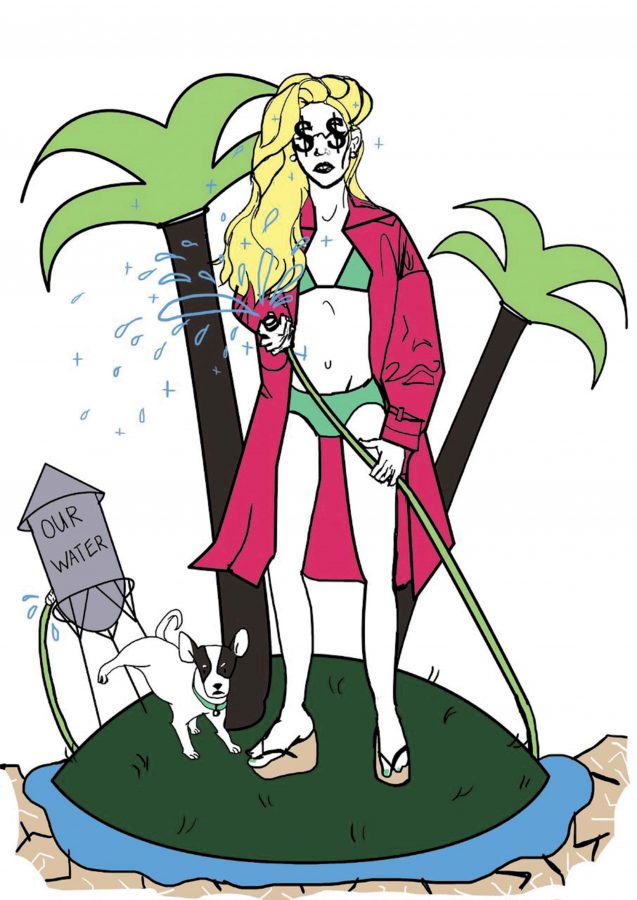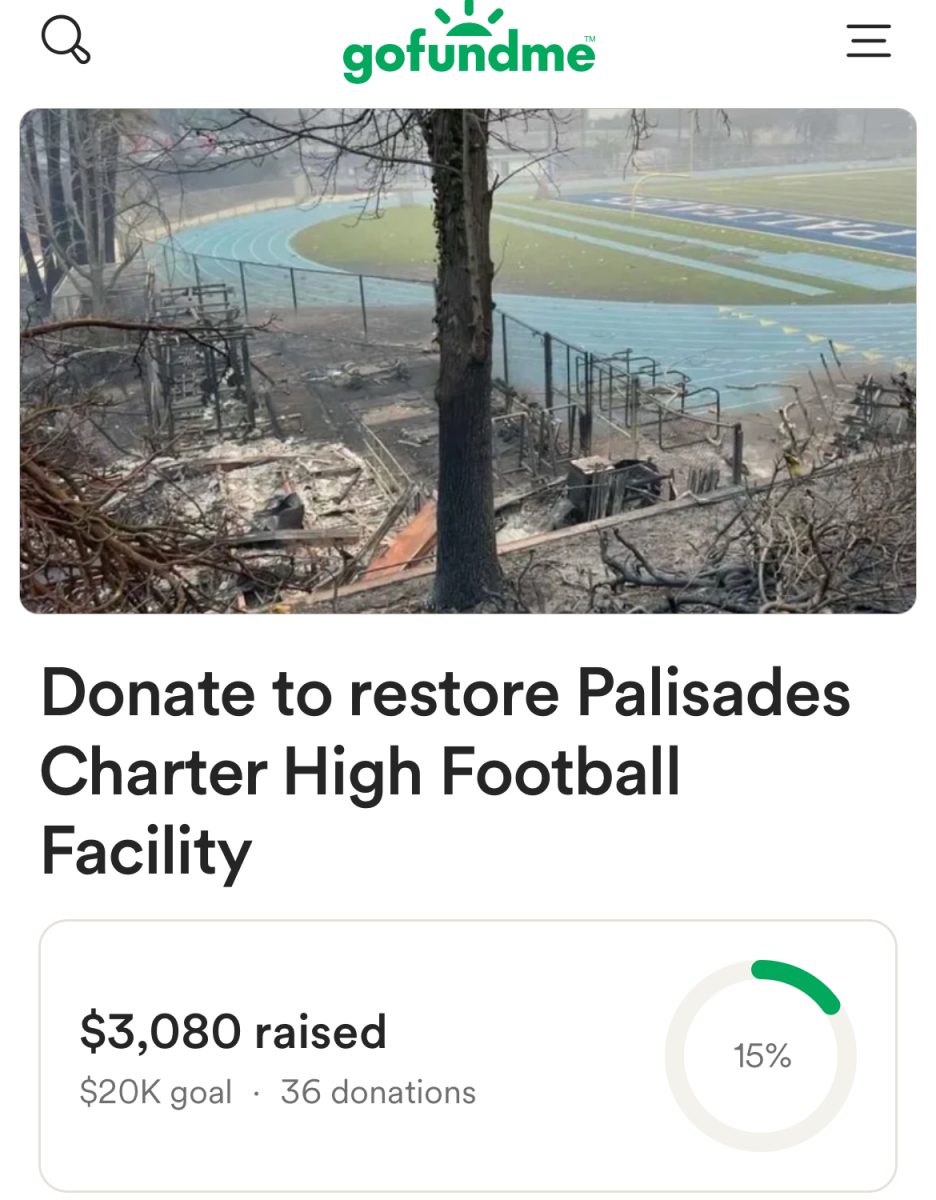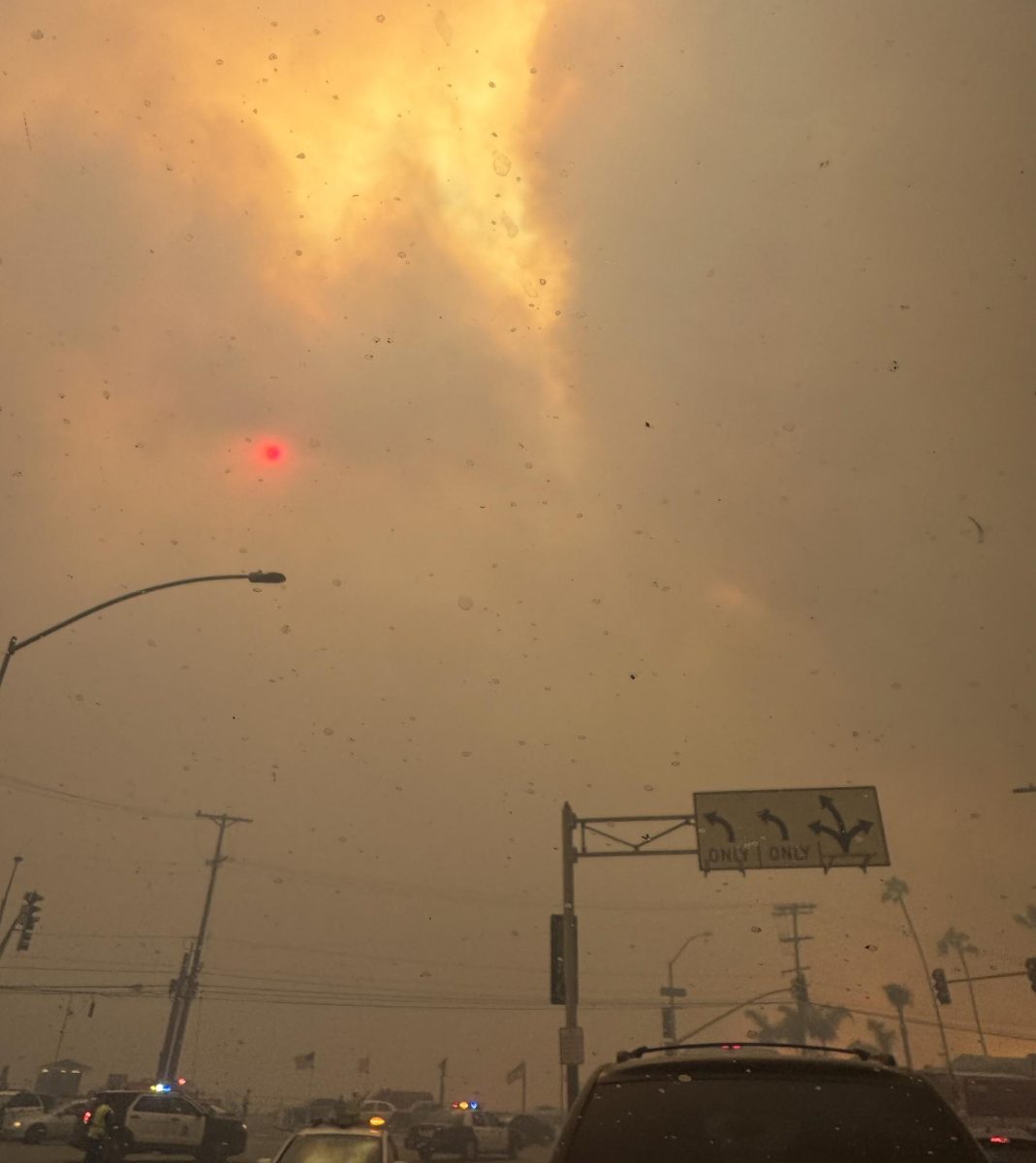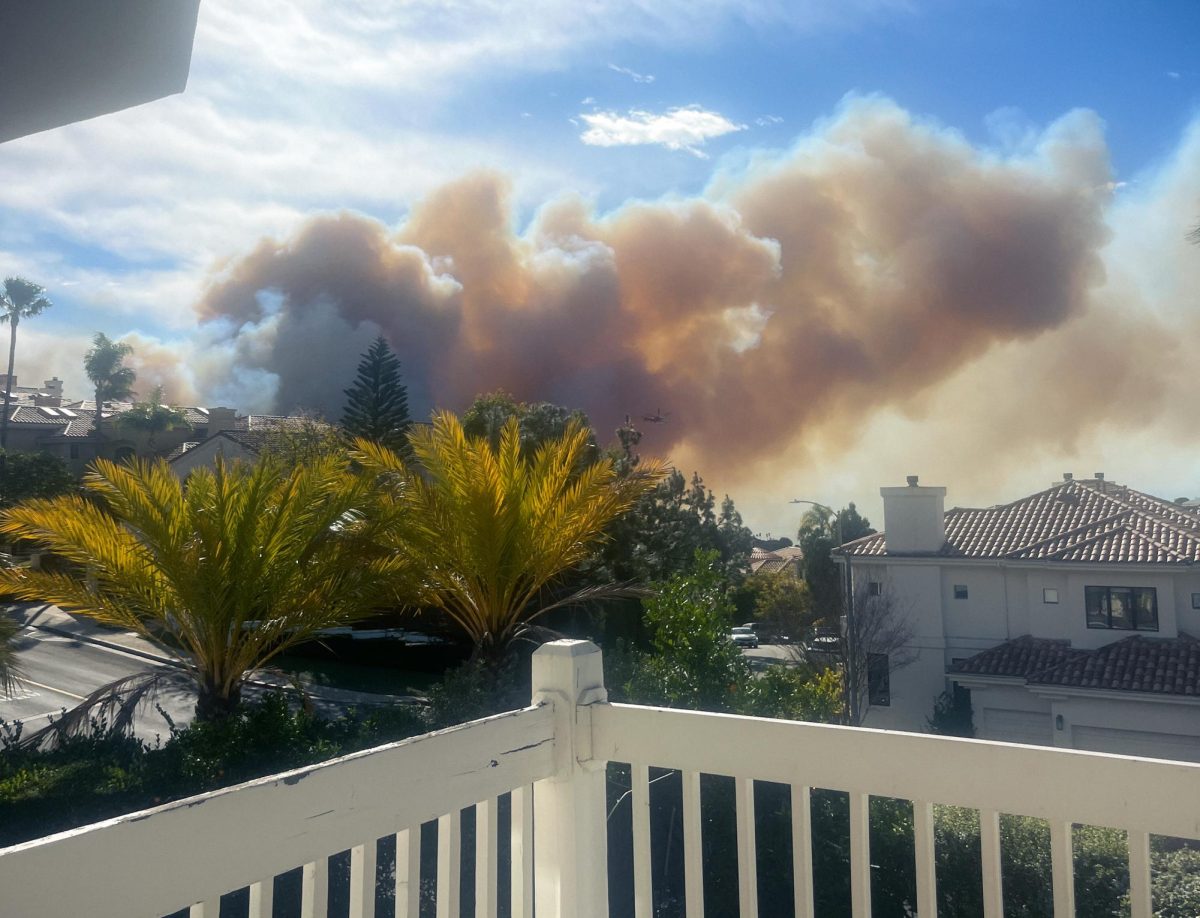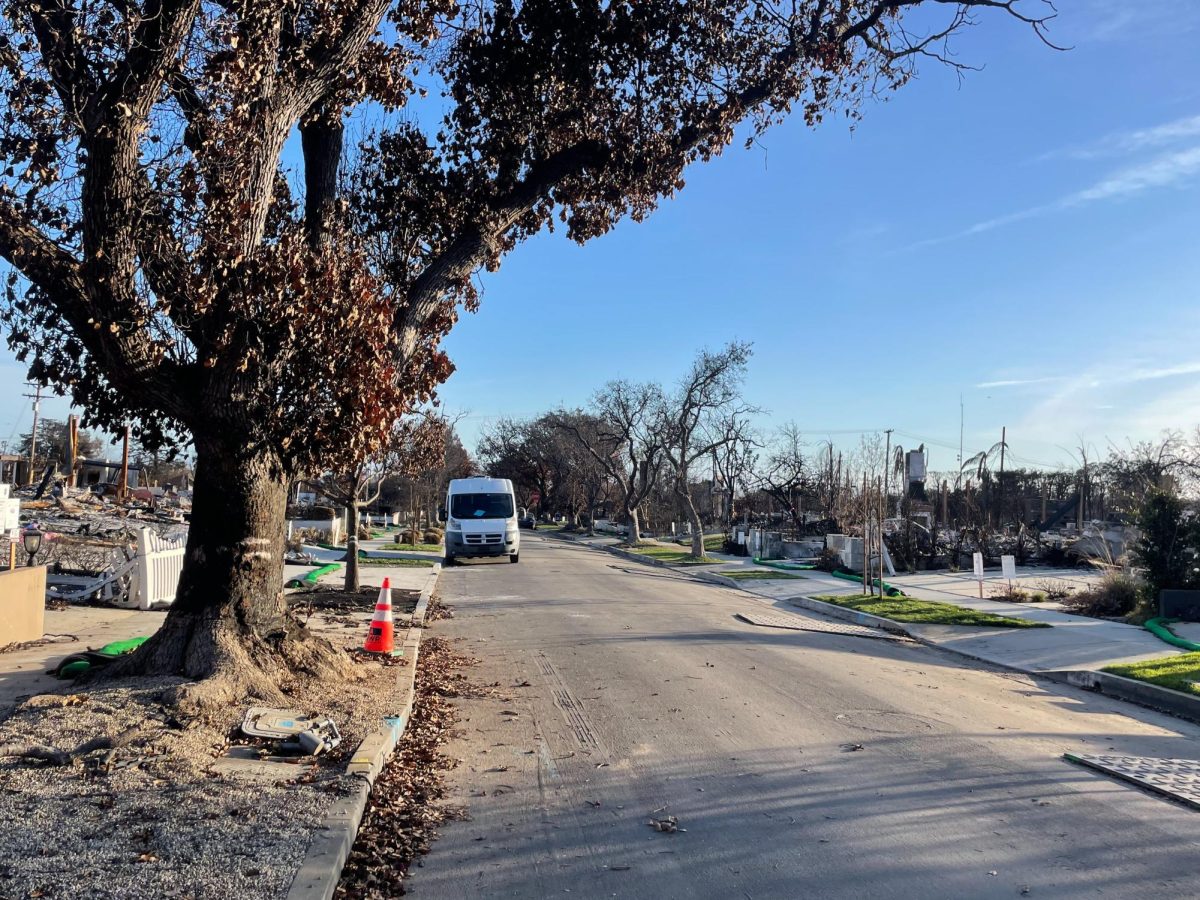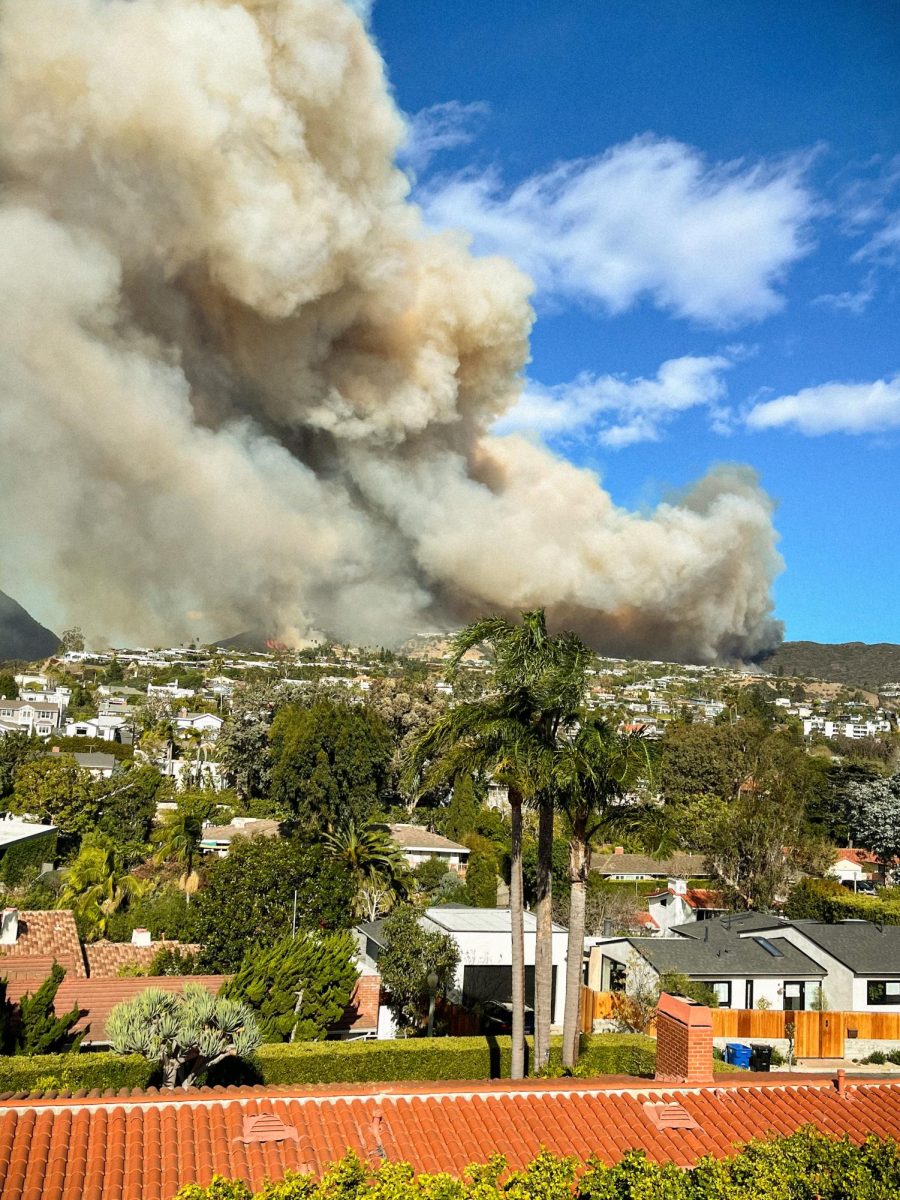Too Rich for the Drought?
Wealthy people are abusing their status to exceed water limits.
May 31, 2016
Lush lawns, running fountains and heated swimming pools are all typical characteristics of upscale neighborhoods which have one thing in common: a superfluous use of water. It is no secret that California has entered a serious state of drought. However, it seems that some choose to ignore this issue as they continue to consume excessive amounts of water, treating this over-use as a necessity rather than a luxury.
In 2013, California recorded its driest year in state history. The following year, Gov. Jerry Brown declared the drought a state of emergency. In 2015, despite Gov. Brown calling for a 25 percent reduction in water usage, one of the highest-income communities in the United States, Rancho Santa Fe, CA, increased its water usage by nine percent. But many residents do not see an issue with this. “If you can pay for it, you should get your water,” Steve Yuhas, resident of Rancho Santa Fe, said to The Washington Post. But when there is only so much water to go around, why should the upper class have the option to use it on unnecessary utilities?
It seems that a common fault in the push for water conservation — and the reason so many people are getting away with overwatering — is that most water regulations limit the days of the week in which people are allowed to water their lawns rather than the actual amount of water they’re using. Authorities in Rancho Santa Fe have recognized this as an ineffective method of water control and are creating new rules in which residents will have an allotted amount of water for indoor needs. Outdoor water usage for appliances like sprinklers and pools will be cut in half.
Many Rancho Santa Fe residents feel attacked by these new rules and believe they are being subject to “drought-shaming.”
Resident Gary Butler was personally offended that people were failing to look at the big picture.
“What are we supposed to do?” Butler said. “Just have dirt around our house on four acres?”
Butler fails to recognize a key piece of the puzzle: California is a desert, which by definition is both waterless and without vegetation. While these well-watered, grassy lawns may be aesthetically appealing, this environment is not equipped for sustaining these plants long-term.
Rancho Santa Fe is not the only affluent community guilty of overusing water. According to Eco Watch, the top residential water consumers are sitting in our own backyard: Brentwood, Westwood and Beverly Hills.
Beverly Hills has been continuously missing the water savings goal each month since Gov. Brown called for a 25 percent water reduction last June. The city was fined and state regulators said that Beverly Hills residents “should be ashamed.”
To ensure that this wasteful use of water was put to an end, city officials sent warning letters to homes of abundant water users and began penalizing those who refused to let up on their water utilization. Celebrities were not exempt. Amy Poehler, who was using almost 60 times as much water as an average Los Angeles family in one day, was charged a $2,200 fine. Fortunately, these harsher sets of rules have helped cut down the city’s water usage by 26 percent.
Although these are significant improvements, it’s concerning that such drastic water control efforts had to be taken in order to see any improvement in these wealthy neighborhoods. Is it not motivation enough that California barely has enough water for necessities such as drinking water, let alone luxuries? Is the top one percent under the impression that the drought does not apply to them at all?
Many have begun to push the drought away as a distant memory because of the El Niño winter promised to improve conditions. However, winter has come and gone and California experienced very few rainy days, and certainly not enough to make any major dents in the drought’s damage.
California is experiencing its harshest drought in history. As summer approaches, the weather is only getting hotter and drier. There is no time to postpone any further water conservation efforts.


